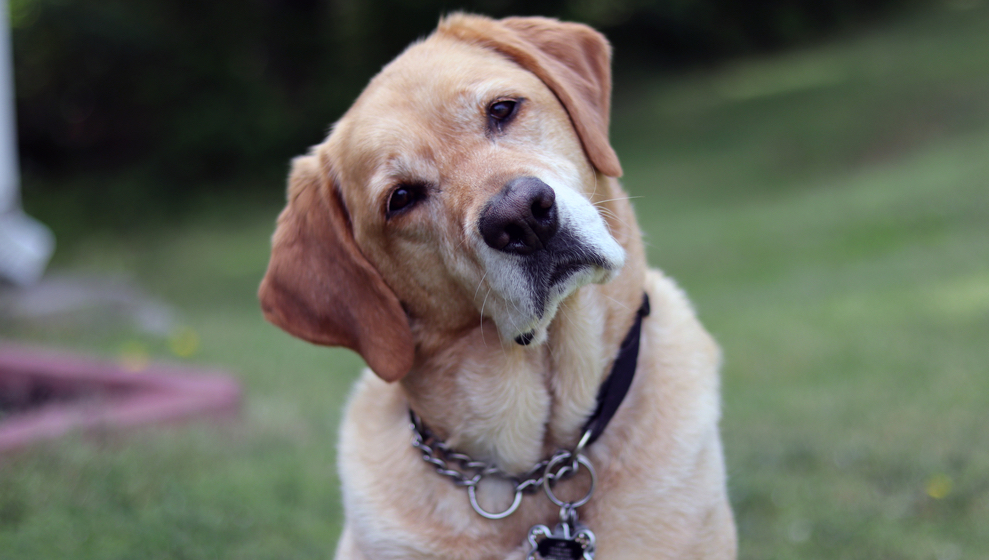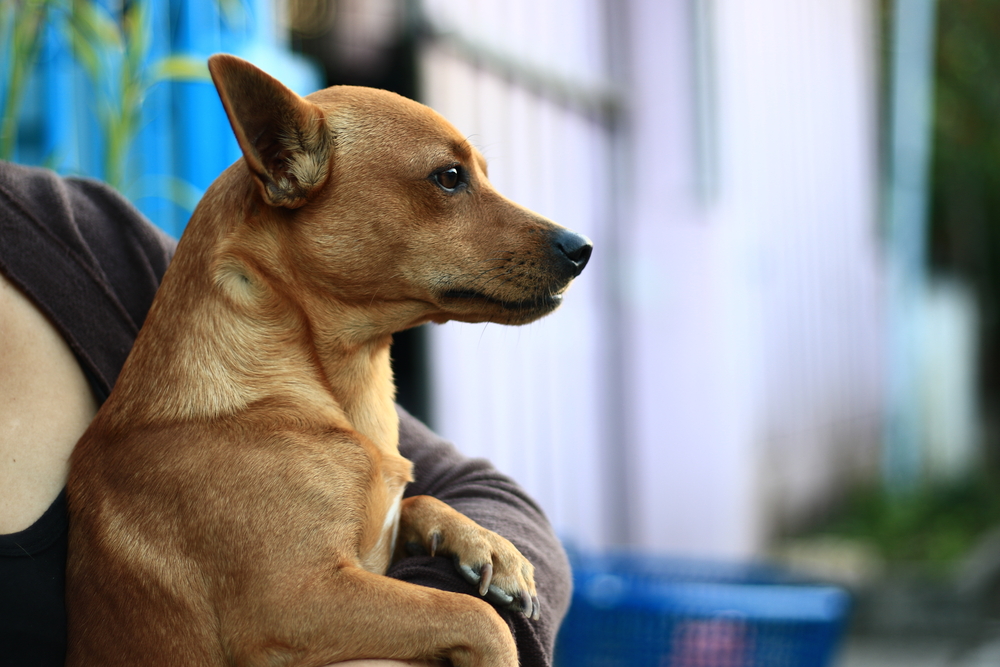
Shedding Light on Cataracts in Dogs: Symptoms, Diagnosis, and Treatment
Cataracts in dogs pose a significant concern for pet owners, impacting their furry companions’ quality of life. Understanding the symptoms, diagnosis, and treatment options is crucial for ensuring their well-being. Join us as we delve into this common ocular condition, exploring how it affects our four-legged friends and how proactive care can make all the difference in maintaining their vision health.
Understanding Cataracts
Cataracts occur when the lens of the eye becomes cloudy, obstructing the passage of light and impairing vision. While cataracts can develop in dogs of any age, they are more commonly seen in older pets. Certain breeds are predisposed to cataract formation, including Poodles, Bichon Frises, and Cocker Spaniels.
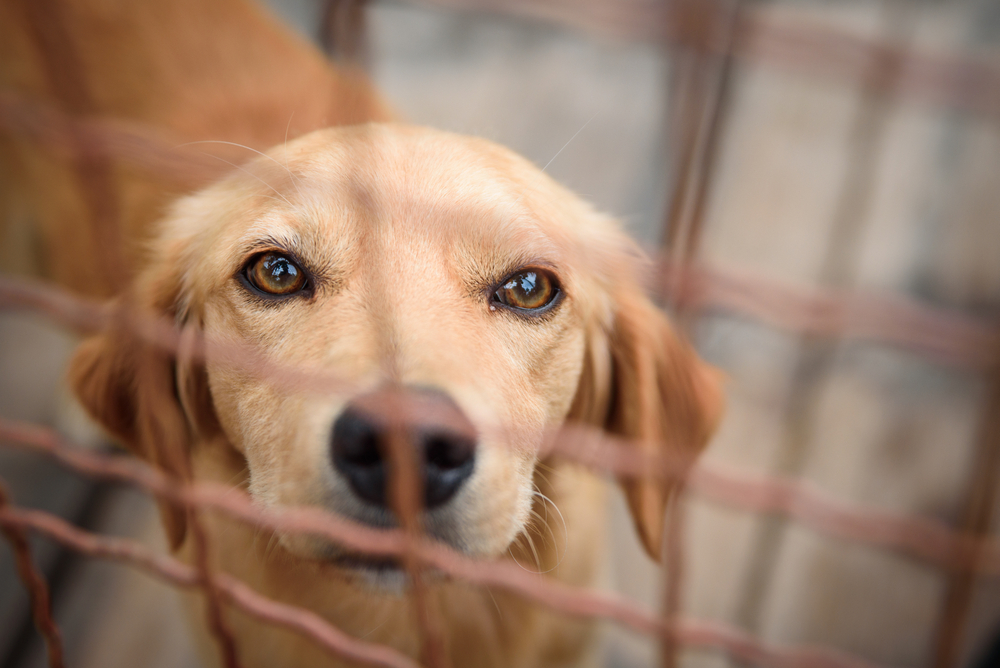
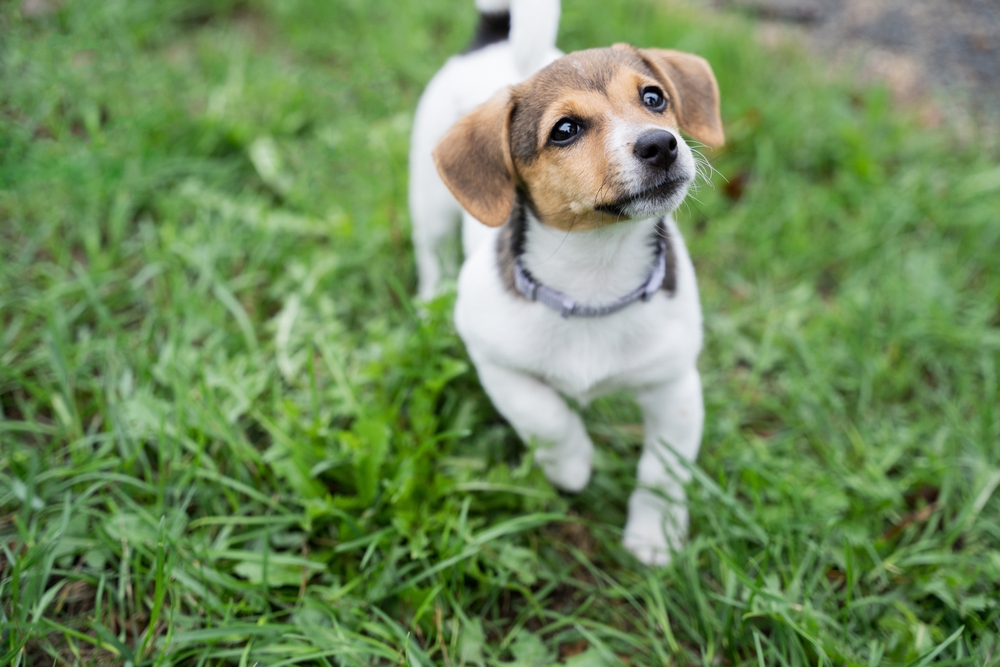
Recognizing Symptoms Of Cataracts
Identifying cataracts in your furry companion can be challenging, especially in the early stages. However, there are some telltale signs to watch out for:
- Cloudiness or opacity in one or both eyes
- Difficulty navigating familiar spaces, especially in the dark
- Reluctance to go up or down stairs
- Increased clumsiness or bumping into objects
- Changes in eye color or appearance
- Rubbing or pawing at the eyes
Diagnosis and Evaluation Of Cataracts In Your Furry Friends
If you notice any of these symptoms, it’s crucial to schedule an appointment with your veterinarian promptly. A comprehensive eye examination will be conducted to assess your dog’s ocular health. This may include visual acuity tests, and examination of the lens using specialized equipment.
Exploring Treatment Options
The treatment approach for cataracts in dogs depends on various factors, including the severity of the condition and your pet’s overall health. While surgery is often recommended for advanced cataracts that significantly impair vision, not all cases require immediate intervention. Your veterinarian will work closely with you to determine the most appropriate course of action, which may include:
1. Surgical Removal: During cataract surgery, the cloudy lens is removed and replaced with an artificial intraocular lens (IOL). This procedure can restore your dog’s vision and improve their quality of life significantly.
2. Medical Management: In some cases, especially when surgery is not feasible or recommended, medications or dietary supplements can be utilized to manage cataract progression and associated symptoms.
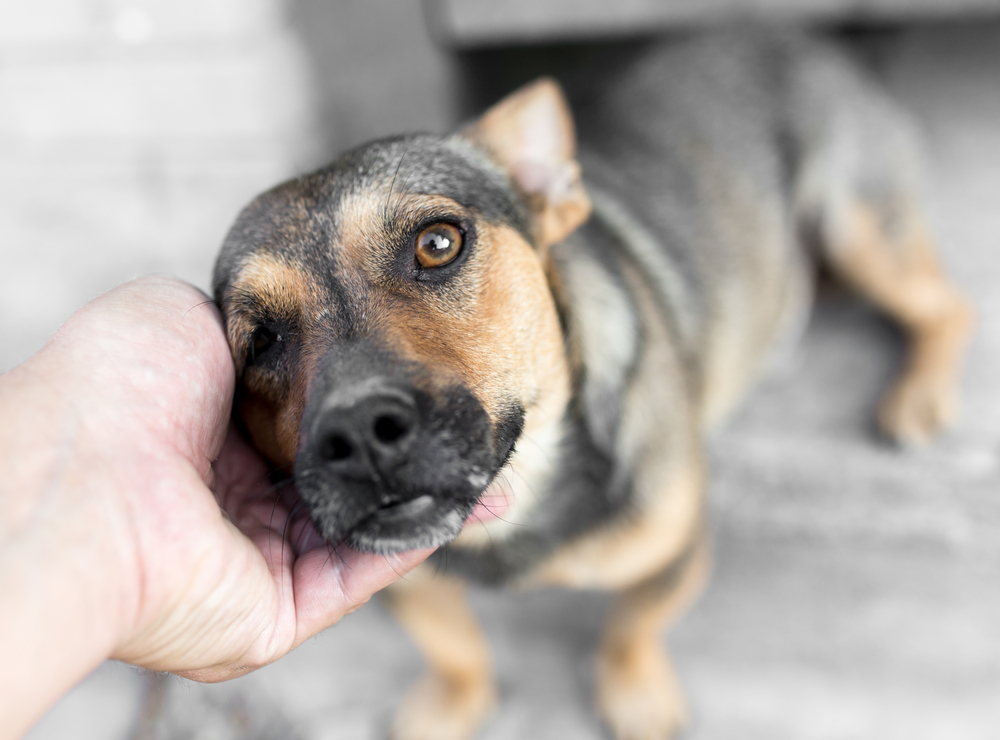
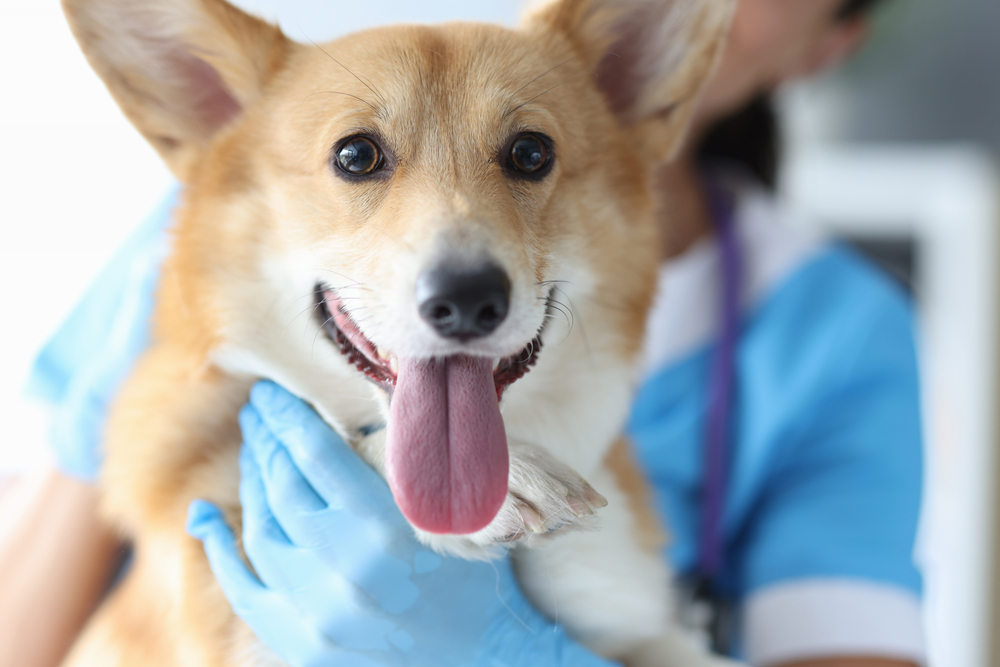
Encouraging Proactive Care For Our Pets
At Sleepy Hollow Animal Hospital we understand the importance of proactive healthcare for our furry companions. Regular veterinary check-ups, including comprehensive eye examinations, are essential for early detection and management of ocular conditions like cataracts. By staying vigilant and seeking prompt veterinary care, we can help ensure our pets enjoy optimal vision and overall well-being.
Cataracts in dogs is a treatable condition, but early detection is key to successful management. If you suspect your furry friend may be experiencing vision changes or other eye-related issues, don’t hesitate to reach out to us. Together, we can work towards preserving your pet’s precious sight and enhancing their quality of life. Schedule your pet’s eye exam today and let’s keep those tails wagging!






